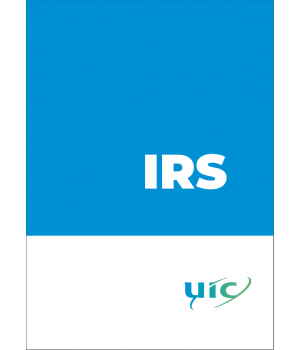
Railway application - Fixed installations - Guidelines for energy recovery in reversible substations
This IRS describes standard guidelines for the conversion of DC substations into reversible substations and the conversion solution, consisting of the installation in the substation of an inverter while maintaining its rectifiers.
The guidelines cover various stages of the substation conversion project, including feasibility analysis, design, commissioning, operation and maintenance of the inverter installation and associated equipment.
The following aspects are developed:
- The theoretical basis for the use of regenerative braking energy in trains by converting DC substations into reversible substations. The origin of the regenerative braking energy is briefly described and how part of this energy can be recovered and returned to the power grid, preventing it from being dissipated as heat in the resistors on board the trains, under the assumption that there are no reversible traction substations (RSS) feeding the electrical section through which the train is moving, i.e. where it is braking.
- Essential methodologies to be applied during the feasibility analysis and design stages, including:
- Determination of the optimal load cycle of the inverter.
- Identification of traction substations best suited for conversion to reversible traction substations.
- Schemes and architectures for inverter installation in substations, highlighting their key advantages and disadvantages.
- Testing for the commissioning of the inverter and associated equipment.
- Possible operational modes for the inverter.
- Maintenance of the inverter and its associated equipment.
It integrates in full or in part the following UIC leaflets:
- none
It complements the following standards:
- none
The following IRSs constitute a complementary series:
- none
| Author | UIC |
| ISBN | 978-2-7461-3476-8 |
| Pages | 79 |
Data sheet
- Language
- English
- Format
- Downloadable
- Edition
- Ed. no.1
- Edition date
- 01/02/2025
- Publication date
- 24/02/2025
- Page number
- 79
- sku
- 70797-1/E/1-PDF
- Reference
- 70797-1
 Cookie preferences
Cookie preferences

